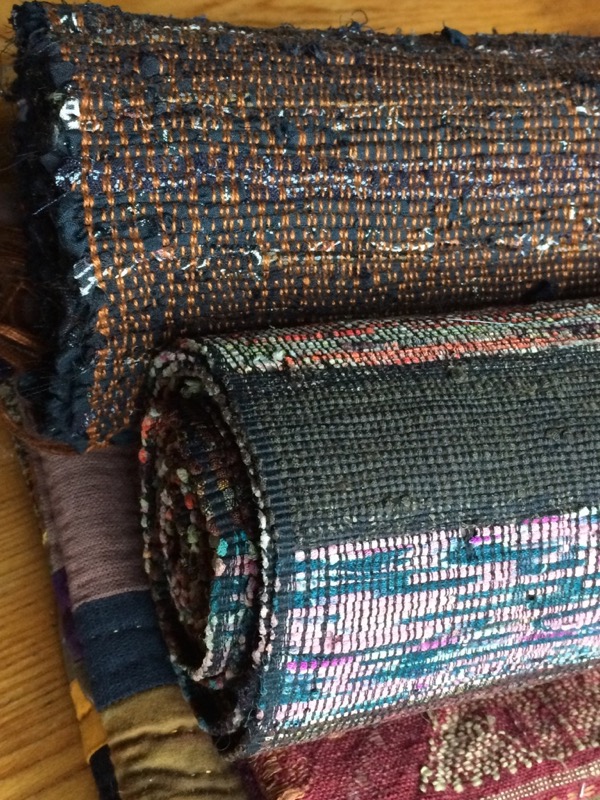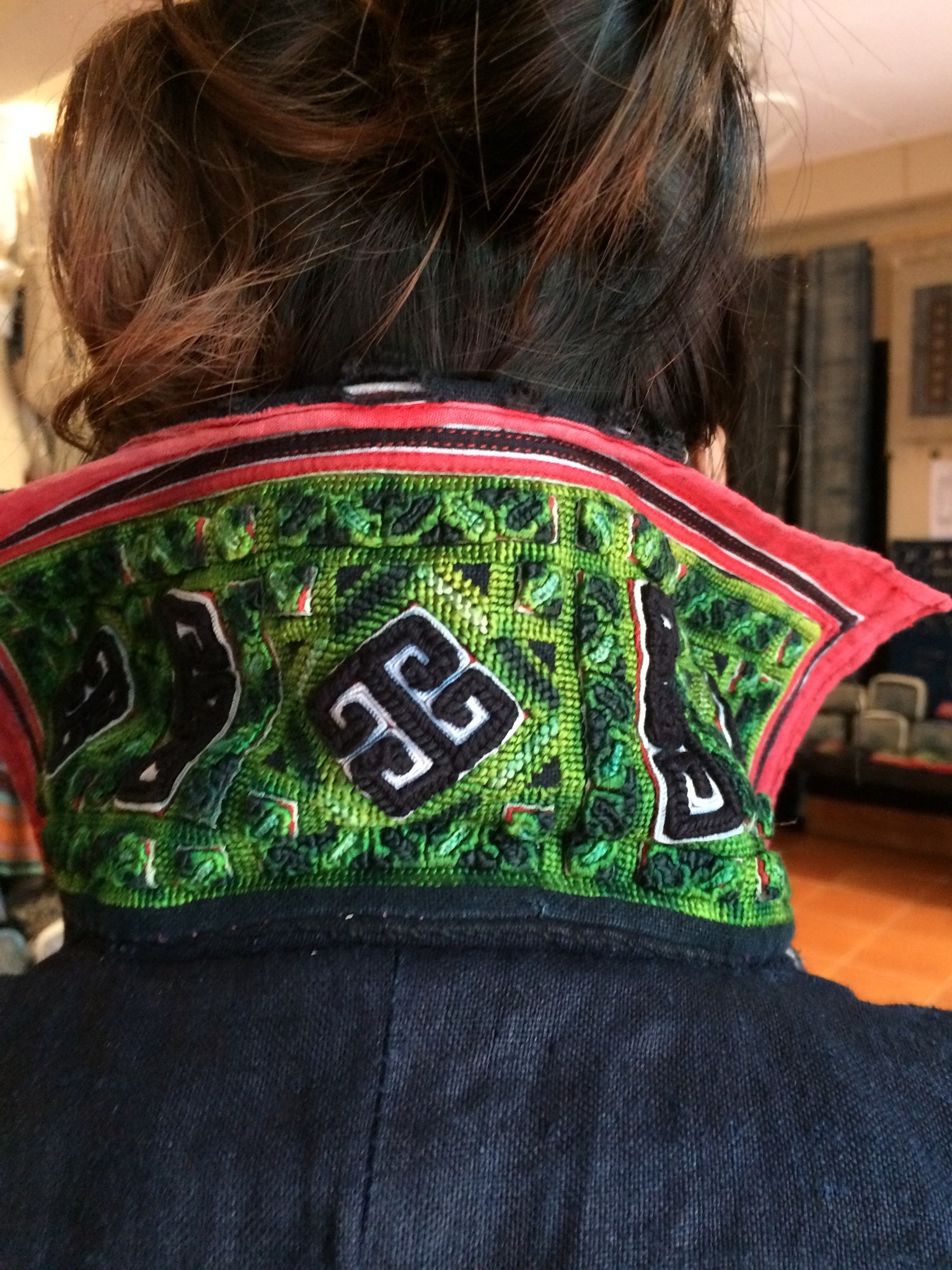Being around newer students, I also saw how the teaching translated into their understanding of how to weave. Abby's students are comfortable with Quechua terms like illawa and sonqopa (heddles and shed stick, which are the only system they use for opening sheds,) while Laverne's students adopt the clever "twisty sticks" (an extra cross held on two bound sticks that is used to help open both sheds), and heddle the alternating "pebble" sheds when using such patterns. The terminology and vocabulary of movement that each set of students picks up is different, but they're all learning traditional backstrap weaving and it's brilliant to see weavers growing up.
I've felt pride in being able to weave in this way, since I began in 2010, and having my skills confirmed by my teachers gives me a thrill of confidence, and motivation to keep growing. It has been intense, having so much exposure to my weaving people. This is a precious community we're creating, and I hope to nurture it.
So that's the overview. Then, there was the stuff I actually learned, and the whole process of absorbing the information. I got a lightning-fast demo of supplementary warp patterning in Abby's class (fast because I had to keep leaving because family,) and was glad that Laverne made me show her later, which helped me remember what the heck we did. It's kind of like learning a language: I can repeat things perfectly, in the moment, but ask me the word later and unless I wrote it down, it's gone. I made this warp immediately after Abby, which was fine and easy, but I very nearly forgot how it was done when asked to explain a week later. But I did figure it out. It's easy. I just have to write it down (or show Laverne, who is way more meticulous in sampling and nailing down techniques - she'll remember it!)
The two-person warp winding method (shown above) with a header cord was my Holy Grail of things I wanted to learn, so I was crazy excited for that. Only thing is, it takes two people, so until I see Abby again, I can't exactly practice.


















































